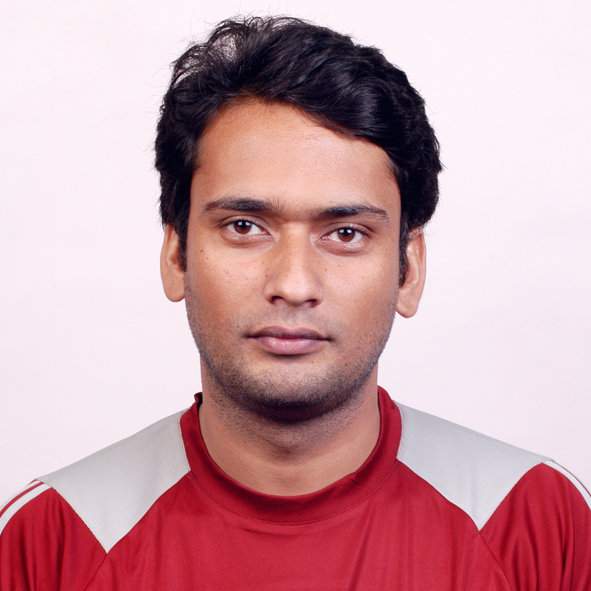Recent Colloquium
Colloquium # 265
Exploring the heart of the matter: the hottest and most fluid, liquid in nature at extreme temperature/energy density
by Dr. Vinod Chandra
Indian Institute of Technology, Gandhinagar
Wednesday, November 9th 11:00 PM, Seminar Hall

Abstract
If we go deep down inside the nucleus while colliding two heavy-ions such as Au - Au or Pb - Pb in relativistic heavy-ion colliders (RHIC) at BNL, USA and LHC, CERN a near perfect liquid like strongly coupled system emerges there. Since the length scales are of the order of fm, the dominant interactions are of the form of strong interaction force (one of the four fundamental forces in nature). The underlying theoretical framework of the strong interaction, viz., Qunatum chromodynamics (QCD), predicts that the above mentioned system might be a deconfined state of the matter that can be understood in terms of effective gluonic, and quark-antiquark degrees of freedom. This hot and dense nuclear medium in RHIC is commonly termed as Quark-Gluon-Plasma (QGP). The near perfect fluidity that has been inferred from the robust collective flow shown by the QGP in experiments, is quantified in terms of shear viscosity to entropy ratio (eta/S) (turns out to be smallest among almost all the liquids known in nature). Note that the fundamental feature of the QCD-the quark confinement prohibits to have free quark/antiquarks in nature, therefore, one look for indirect probes of the QGP in experiments. After a substantial introduction to hot nuclear matter while highlighting the crucial experimental and theoretical understanding so far achieved, the plan is to discuss our current research work along with new initiatives taken by our group at IIT Gandhinagar.
About the speaker
Vinod Chandra is currently a faculty member at IIT Gandhinagar-Physics (since July 2014). Prior to that he spent around six months in IISER Bhopal as a INSPIRE Faculty member in Physics Department (Jan-June 2014). He obtained his Ph.D degree in Theoretical High Energy Physics from IIT Kanpur in 2009. Soon after that, he spent two years in Department of Theoretical Physics, Tata Institute of Fundamental Research as a Visiting Fellow (2009-11). Afterwards, he spent around six months at University of Geneva and CERN Theory Division, Switzerland before joining INFN Postdoctoral Fellow (awarded National Postdoctoral Fellowship from Italian Government fro two years) position at INFN Florence, Italy.

